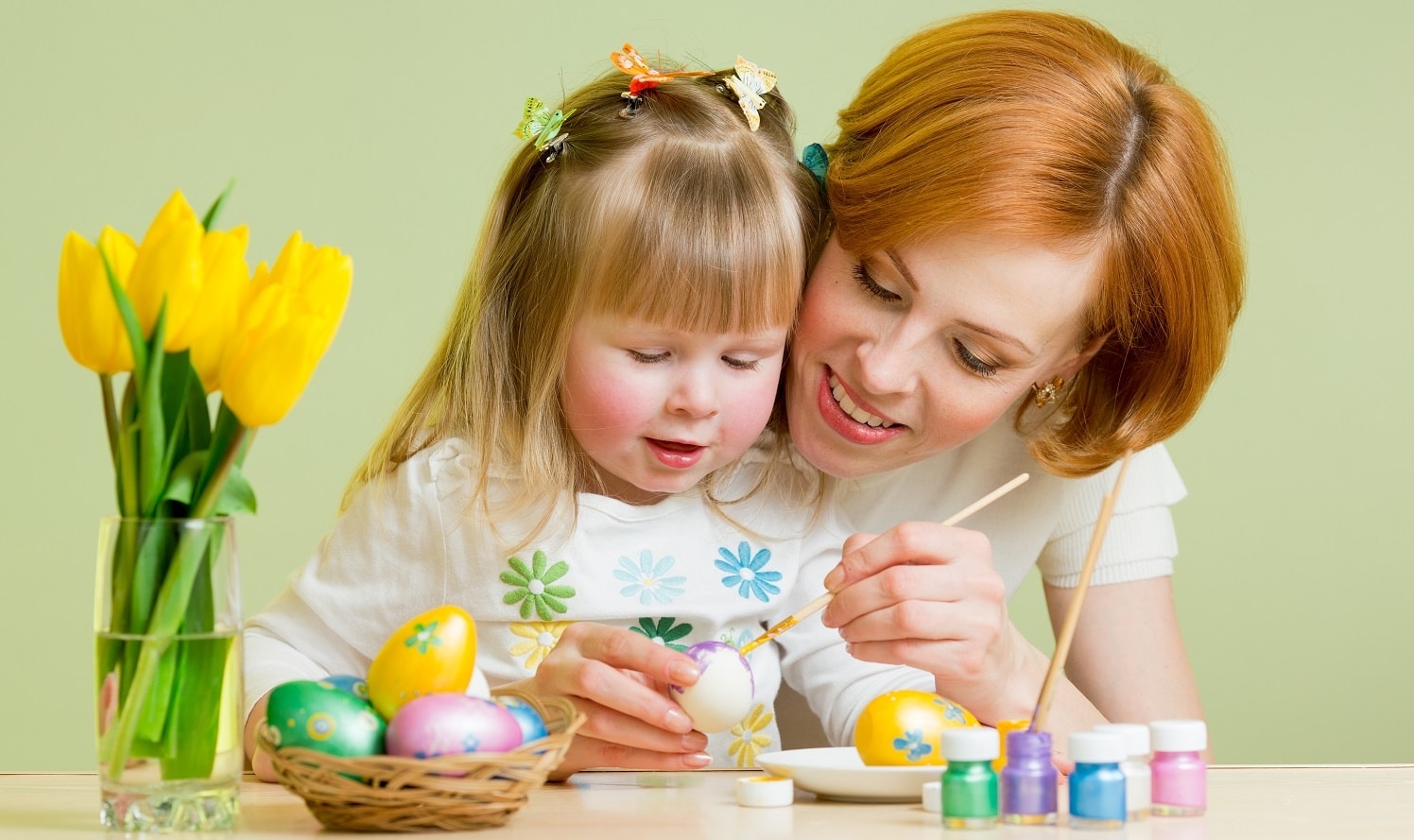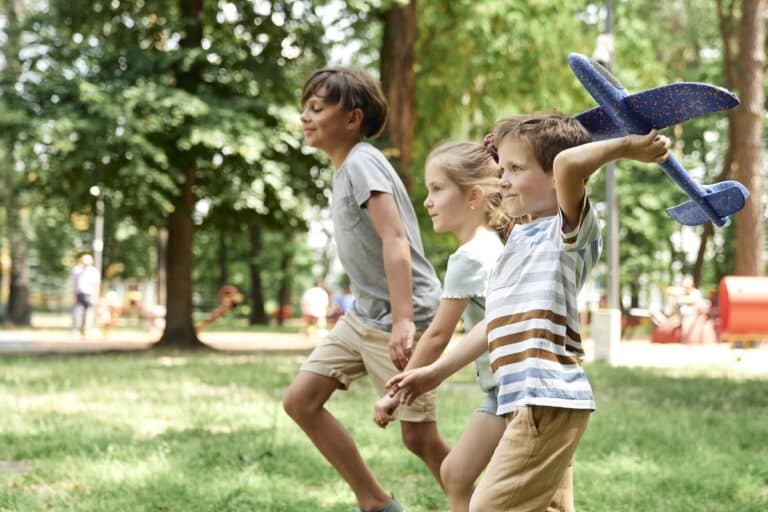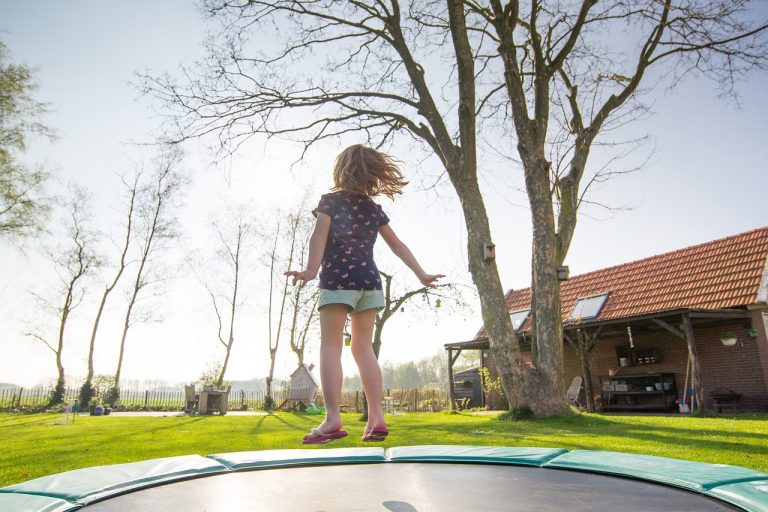We all know that physical activity is essential for good health. But when it comes to children – and the under 5s in particular – how much is enough? The habits learned during these formative years create a foundation from which their exercise level is likely to continue through the school years and into adulthood. Ensuring your child is active during their early years isn’t only beneficial now, but also throughout their lifetime.
In This Article
Physical Activity for the Under 1s
Babies can be encouraged to be physically active even before they start to crawl. Tummy time can be spread throughout the day – try to aim for around 30 minutes in total. Before they start crawling, physical endeavours can be encouraged through simple movements, helping them to reach and grasp or to push and pull when you’re playing. You can assist them to mobilise, supporting them as they move their limbs, body and head during regular daily routines.
As soon as they can move about independently, allow them to do so in a safe and supervised environment.
Physical Activity for Toddlers (1-2 years)
Toddlers love being active! It’s important for both their physical and mental development. As they become more confident on their feet, encourage them to stand and move around. Rolling is also great physical exercise while they’re becoming adept at keeping their balance stood upright.
This age group should be spending at least 180 minutes (3 hours) per day taking part in physical activity – although not all in one go, it should be spread throughout their waking hours. Skipping, jumping, hopping, running – you’ll see them grow in their ability to move around.
Physical Activity for Pre-Schoolers (3-4 years)
The minimum movement threshold of 180 minutes continues for pre-schoolers – the more the better. This should be throughout the whole day and should include both indoor and outdoor play.
Be aware that long periods of inactivity are wholly detrimental to their health – so try not to allow children to spend hours watching TV or sitting in a buggy. Out of the minimum of 180 minutes of exercise, 60 minutes of this should be of moderate to vigorous intensity. They should be happily panting and puffing whilst doing so.
Examples of Physical Activity?
Movement – all movement – counts.
- Tummy time with babies
- Crawling games
- Playing with objects – building blocks
- Walking
- Dancing – a favourite with children of all ages
- Swimming – an excellent form of physical activity for babies as well as older children, and they’re learning a valuable life skill as well.
- Skipping and jumping
- Running and climbing
- Playing games, such as hide and seek
- Ball games
- Outdoor adventure activities, such as treasure hunts and nature walks
- Riding a bike or scooter
Once children reach 5 years, activity should consist of both aerobic and that to strengthen muscle and bone. This should be at least 60 minutes of exercise every day and be varied. As with younger children, reducing the amount of time spent sitting for long periods is essential.
Nido Early Schools ensure that their early childhood education programmes include the optimal amount of physical exertion in their daily routine. The Reggio Emilia approach is particularly beneficial, as it uses nature as the third teacher. There’s no better way to encourage physical movement than in the open air.
Each child is free to moderate this to their own preference – if they’re particularly active then this is encouraged. Less physical children might find activities, such as building blocks, painting or dancing, more to their liking. Whatever their personality, Nido children are encouraged to blossom in their own unique manner, allowing them to create the foundation of their best possible self from a young age.
We know that it’s a privilege to be entrusted with the care of the most important person in your life. We’re proud of what we do and even more proud of the children in our care.
Visit https://nido.edu.au/ to find out a little more about us and, if you like what you see, get in contact with your closest Nido Early School to arrange a visit. We can’t wait to meet you.











